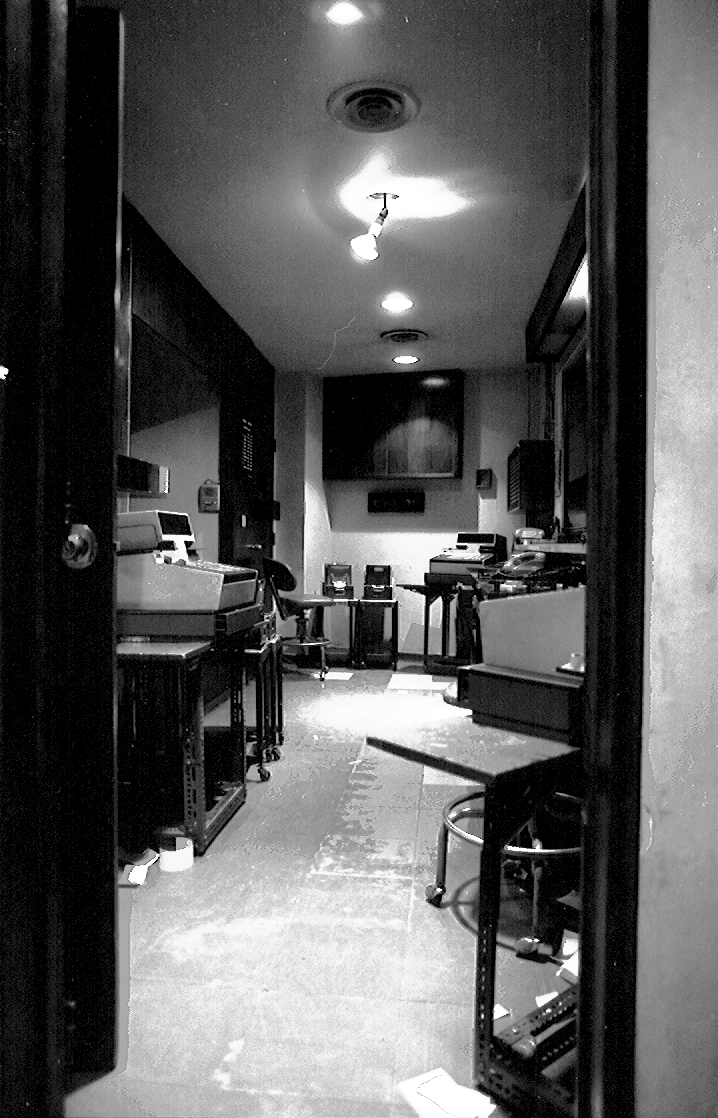The Front Office Cashiers
Winter 1983.
As I said earlier, cashiering was organizationally and physically independent from the front desk. Front office cashier clerks reported directly to the Hotel Comptroller (an earlier title for what currently we call the Financial Director).
The three NCR 250 cash registers were used to maintain the hotel guest billing. The same model but adapted for the restaurant needs, was gradually installed in the restaurants and in replacement of the old NCR 42s…
I salvaged a picture from those days:
The NCR on the left was the “master” and those on the right were the “slaves” (we simply called them NCRs). Every night and after completing posting of the charges, we had to consolidate the postings from the two slaves within the master. That was carried out electronically (they were wired).
on the left was the “master” and those on the right were the “slaves” (we simply called them NCRs). Every night and after completing posting of the charges, we had to consolidate the postings from the two slaves within the master. That was carried out electronically (they were wired).
If I recall well, we used a special key; all cash registers had two keys, for the operators the X key and the Z key for the night auditors. With the X key you could only take machine readings, whilst with the Z key you could also reset (zero) them. The daily reset used to zero out all memories with the exception of the Guest Ledger in the master machine. So, every new day the new postings were added to the Guest Ledger. (Simple isn’t it? same happens with modern computers if you have noticed…)
The consolidation process was not all the times successful. In such events if no data were transferred, then we considered ourselves lucky as we simply had to tally the data manually on a sheet of paper. If the data were partially transferred, then we simply had a complete mess, as the Guest Ledger became corrupt. The responsibility to correct the Guest Ledger balance belonged to the Income Auditor. It is not quite clear how he used to do it: I think he used in a “clear machine” without live postings, to post dummy charges or credits and then reset it immediately afterwards. I believe at a later time he was able to adjust it by posting first a special access key entry that could allow him to modify the Guest Ledger memory directly.
I still remember the reports there was a set of 4 reports, called the A, B, C and D report.
The A report was purely a cashier report; it reflected only the cashiers’ movements.
The B report was the balance report, or the Guest Ledger report. It simply reflected the outstanding balances at any given moment.
The C report was the Trial Balance report. Ah, that was the night auditor’s headache. During the night audit, all guest folio balances (the guest bills in other words) had to be posted in the NCRs and in a “T mode”. Nothing complicated really, we just “picked up” the balance, and posted any charges and then we pressed the “total” key. No charges to post? No problem, we had to do the process anyway, “pick up” balance then “total”.
The principle was simple: in order to make sure that the Guest Ledger memory was in balance with the totals shown on the folios, we run this process and then compared the B with the C reports. If they were in balance then we could proceed with the close of the day. If not, then tough lack, we had to go through all guest folios in house and checked outs…
Perhaps for the younger is difficult to comprehend how on earth it is possible not to balance; I’ll give you a hint: we are dealing with loose leaf folios that in most of the cases they accumulate in more than one page. To make things more interesting, in many cases in the same tray (now it is called bucket) there were more than one accounts, i.e. one for room and breakfast and another one for the extras (we used to call it then the incidentals folio).
Remember: for each posting the process was the following: select the balance “pickup-balance” post the charges, then press “total”. Common clerical mistake: the clerk used to “pickup” the correct balance from the correct folio BUT physically post the transaction in a wrong account or page of the account.
The D report was the detailed Daily Summary aka main courante. The net movement of this summary was added (obviously) to the Guest Ledger in report B.
In the same picture you can see the trays (I said; now they call them buckets). On the right hand side it was the desk with is glass pane and on each side of this desk there were the telephone counters. Telephony was analogue, digital telephony introduced in the late nineties. These counters were simply counting pulses and according to the number of pulses we used to charge periodically the guest folios. This is another heroic process with heroic disputes from the guests who could easily dispute any telephone charges, as there was no proof of any calls… On top of that, the system was not accurate; there were many guests admitting that they had made transatlantic calls and there were no pulses recorded!
On the left hand side there was the big bucket of the tubes. The spot lights on the ceiling were so strong and could warm up the place, energy bulbs were nonexistent…
